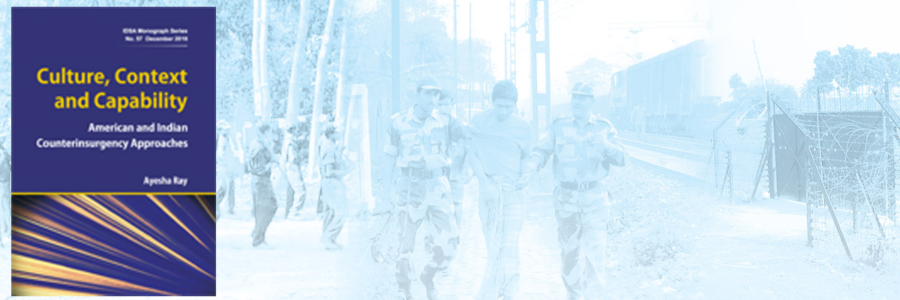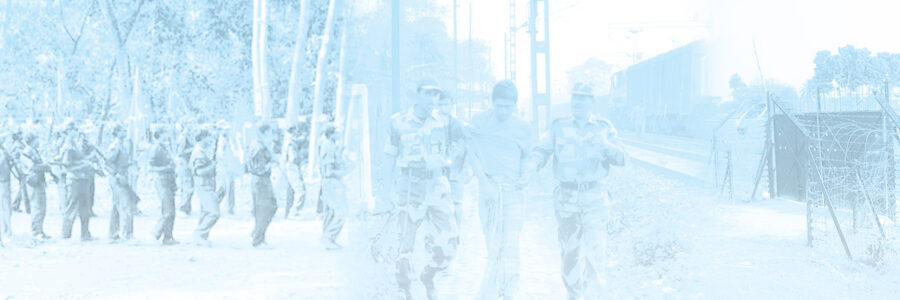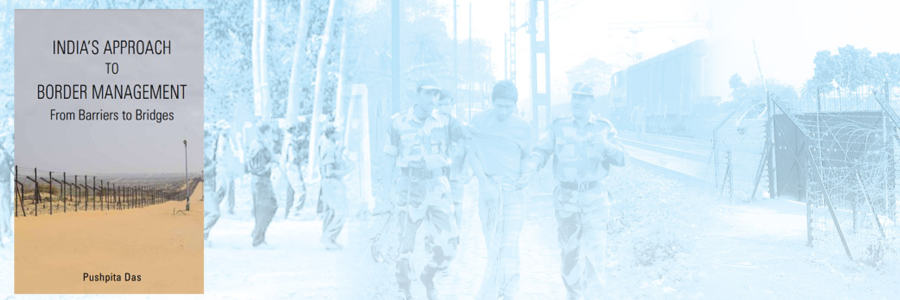Malkangiri: The Tri-junction under Maoist Fire
Compared to the worst Maoists-affected state of Odisha, in the neighbouring states of Andhra Pradesh, Chhattisgarh and Jharkhand, the level of violence has come down substantially. In the coming years, Malkangiri and other south-western border districts of Odisha will continue to bleed because of the Maoist quest for safe havens in these districts during hot pursuit by the Chhattisgarh police.
- Nihar R. Nayak
- January 23, 2014















